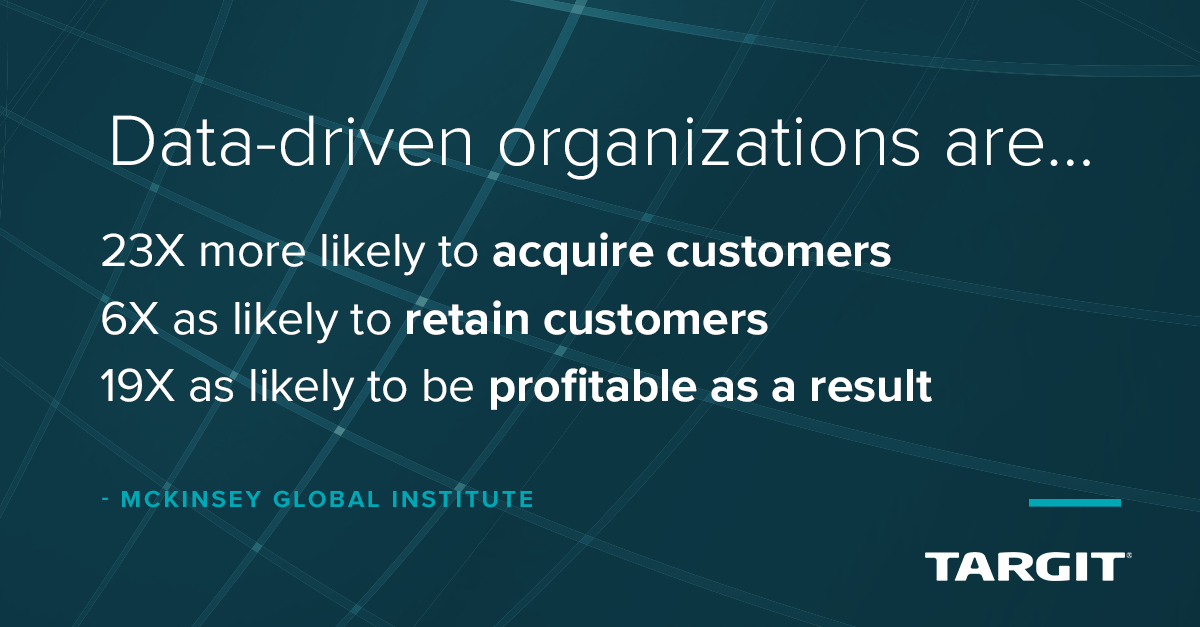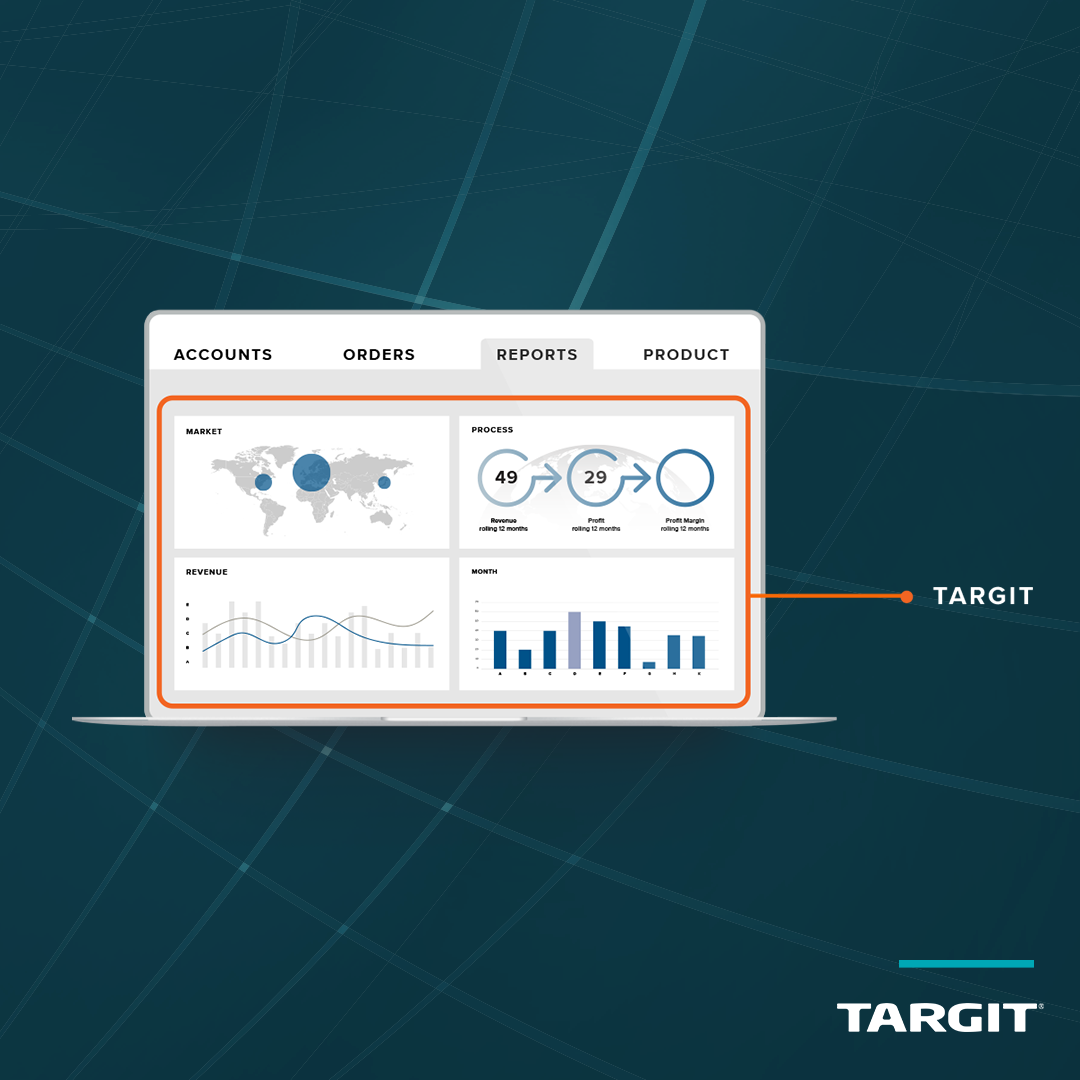
Accessing Existing Business Intelligence Automates Industrial Profitability
by Soren Block Olsen | July 03, 2019
Automation, Control & Plant Intelligence - Articles, Analysis, Reviews, Interviews & Views

by Soren Block Olsen | July 03, 2019


YOU MAY LIKE:
Popular Articles
Manufacturing Insights